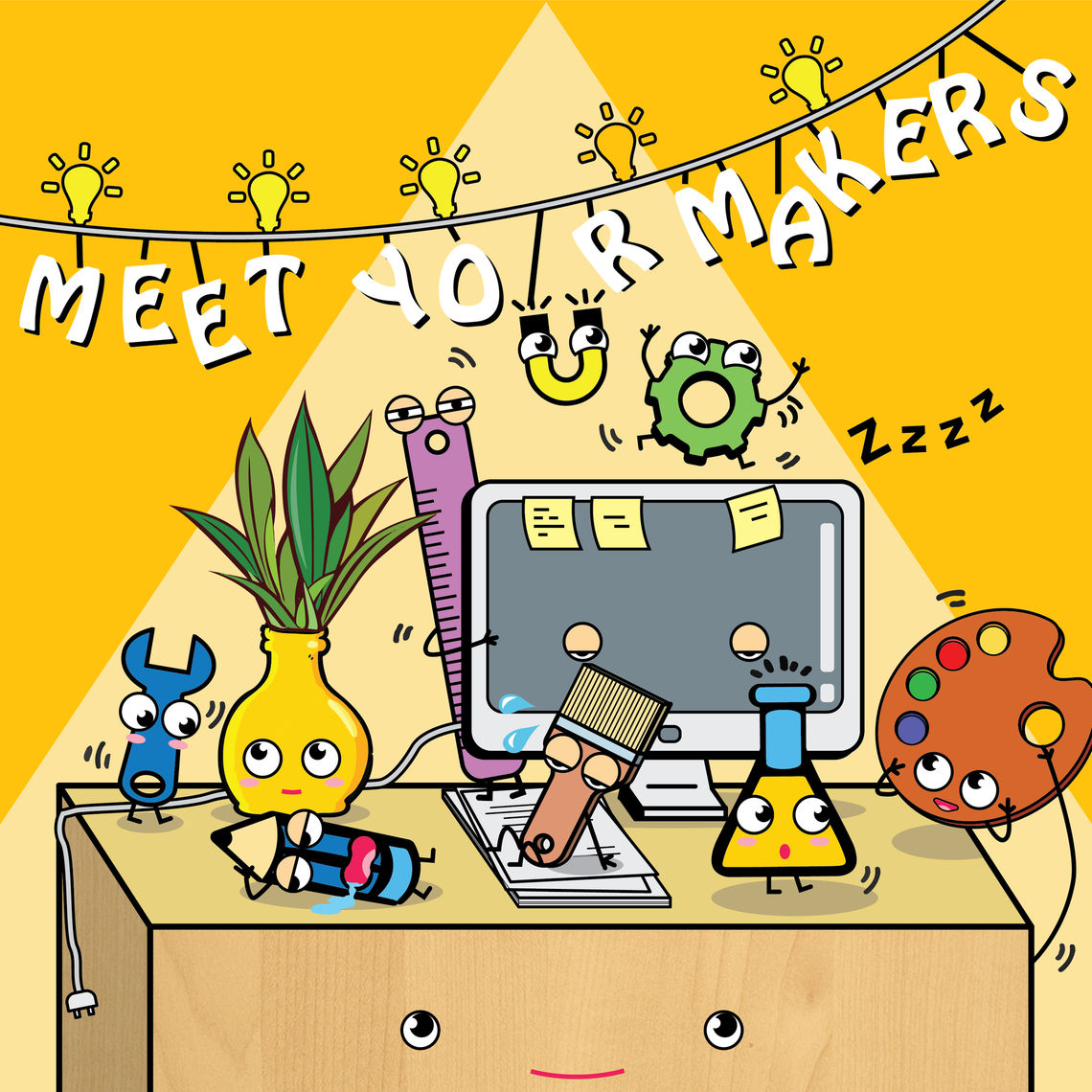Meet your makers
Caution: Creativity and learning at work
creativity, 3d printing, community college, higher education, libraries, maker movement, maker space, tinkering, children, education, technology, youth
Erin Roark
Andrew Dawson
Junran Yang

Caution: Creativity and learning at work
creativity, 3d printing, community college, higher education, libraries, maker movement, maker space, tinkering, children, education, technology, youth
Erin Roark
Andrew Dawson
Junran Yang
